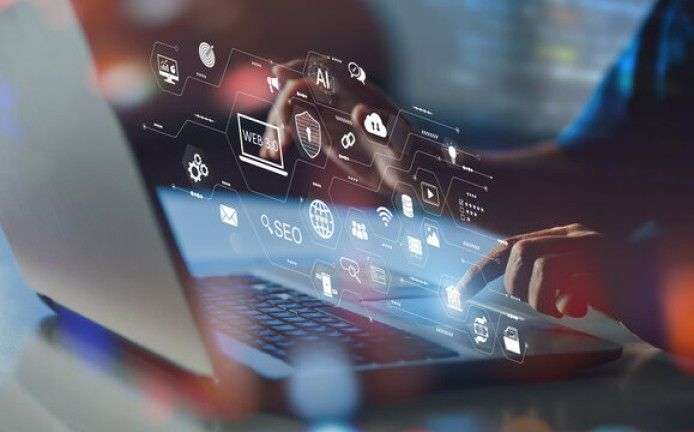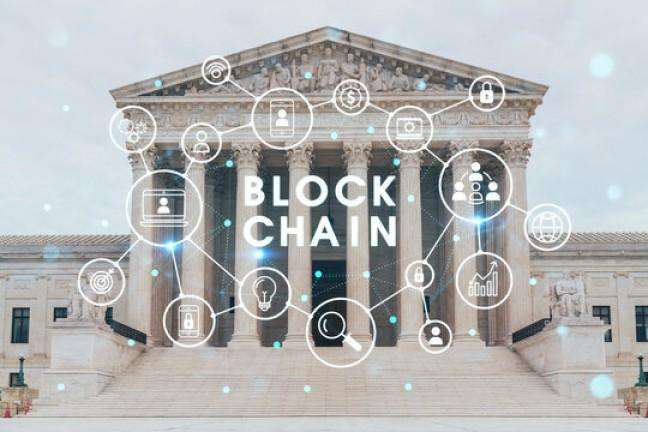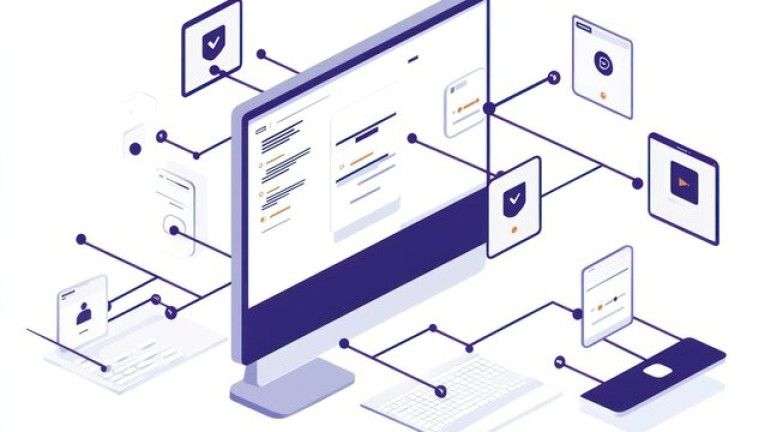As blockchain technology continues to gain prominence, a new frontier is emerging at the intersection of blockchain and artificial intelligence (AI). This convergence is best represented by AGI blockchain, a concept that blends the secure, transparent nature of blockchain with the innovative potential of AI. In this article, I will explore AGI blockchain in-depth, breaking down its components, benefits, challenges, and the future it promises. I will also compare it with other blockchain models, illustrating how AGI blockchain stands apart.
Table of Contents
What is AGI Blockchain?
AGI blockchain refers to a blockchain that is designed to support the development and deployment of Artificial General Intelligence (AGI). Unlike traditional AI systems, which are designed to perform specific tasks, AGI aims to replicate human-like cognitive abilities, allowing machines to learn, reason, and make decisions across various domains. When combined with blockchain, AGI systems can benefit from the decentralized, immutable, and secure nature of the blockchain, making them more transparent, trustworthy, and resistant to manipulation.
Key Features of AGI Blockchain
To understand AGI blockchain, it’s crucial to highlight some of its defining characteristics:
- Decentralization: AGI blockchain removes the need for centralized control. In traditional AI models, a central authority or company often manages the development and deployment of AI systems. AGI blockchain, however, decentralizes control, ensuring that no single entity has absolute power over the AI’s decision-making process.
- Transparency: Blockchain’s immutable ledger ensures that every decision made by an AGI system is recorded and accessible for review. This transparency fosters accountability, as it allows users to see how decisions were made and on what basis.
- Security: Blockchain’s cryptographic techniques ensure that the data used to train AGI systems is secure. This is particularly important for AI models that handle sensitive or personal data.
- Autonomy: With the decentralized nature of blockchain, AGI systems can operate autonomously. They can engage in self-learning and decision-making processes without requiring constant oversight from a central authority.
- Incentivization: Blockchain-based AGI systems can leverage token-based incentives to encourage network participants to contribute resources, such as data, computational power, or algorithmic improvements. This creates a self-sustaining ecosystem where the value generated by AGI is distributed among participants.
How AGI Blockchain Works
AGI blockchain combines the principles of blockchain with machine learning and AI. The general structure follows the same principles as any blockchain-based application: a distributed ledger, consensus mechanism, and network of nodes. However, there are some unique components involved in AGI blockchain:
- Smart Contracts for AI Models: Smart contracts on an AGI blockchain can be used to automate certain aspects of AI systems. For example, when an AI system makes a decision, the contract can trigger certain actions without human intervention. Smart contracts could also be used to govern the conditions under which AGI systems operate or interact with other systems.
- Data Training: Data is the fuel for any AI system. In the case of AGI blockchain, data can be stored and shared across a decentralized network. This means that data providers can securely contribute to the training of AGI systems, and AI models can use this data without the risk of central authority manipulation.
- Consensus Mechanisms: AGI blockchain systems may employ a unique consensus mechanism to validate decisions made by AGI models. For example, a system could involve multiple nodes in the validation of an AI-generated decision, ensuring that no single entity or model has total control over the outcome.
- Tokenization and Incentives: Tokenization plays a key role in AGI blockchain ecosystems. By using tokens, the blockchain can incentivize participants to contribute valuable data or computational power to AGI systems. This can foster collaboration, ensuring that AGI models are continually trained and improved.
AGI Blockchain vs. Traditional Blockchain
It’s important to distinguish AGI blockchain from traditional blockchain applications like Bitcoin or Ethereum. Let’s break down the key differences in the following table:
| Feature | AGI Blockchain | Traditional Blockchain |
|---|---|---|
| Purpose | Support AGI development and autonomous decision-making | Support decentralized currency and asset transactions |
| Data Use | Data used to train and improve AGI models | Data used for transaction history and asset ownership |
| Decentralization | Decentralized control of AI and data | Decentralized control of financial transactions |
| Smart Contracts | Govern AI operations and decision-making | Facilitate automated transactions and agreements |
| Security | Secure data sharing for AI models | Secure transaction history with cryptographic techniques |
| Autonomy | Autonomous AI systems interacting with blockchain | Autonomous financial transactions (e.g., Bitcoin mining) |
As you can see, while both use decentralized, secure, and transparent systems, AGI blockchain’s purpose is focused on supporting AI, whereas traditional blockchain models focus on managing decentralized financial transactions.
Benefits of AGI Blockchain
- Increased Trust in AI Systems: By recording every decision made by an AGI model on the blockchain, users can verify that the system is functioning as intended. This is particularly important in industries like healthcare or finance, where trust is paramount.
- Improved Data Privacy: Since AGI blockchain allows for the decentralized sharing of data, users have more control over how their data is used. Blockchain’s encryption techniques ensure that sensitive data remains secure and private, even as it contributes to the training of AGI systems.
- Reduced Risk of Centralized Control: AGI systems are powerful, and there’s a real concern about the risks of centralized control. AGI blockchain reduces this risk by ensuring that control is distributed across a network of participants, making it less likely that a single entity can manipulate the system for its own benefit.
- Autonomous Decision-Making: By enabling AGI models to make decisions without human intervention, AGI blockchain systems can perform tasks that are too complex for traditional automation systems. For instance, AGI can be used for real-time analysis of financial markets or for personalizing healthcare recommendations.
Challenges and Risks of AGI Blockchain
While the potential of AGI blockchain is immense, there are several challenges and risks that need to be addressed:
- Scalability: Blockchain technology, particularly in its current form, can be slow and inefficient when dealing with large amounts of data. AGI systems require vast amounts of data for training, and the processing power needed to handle this can strain existing blockchain networks.
- Regulatory Concerns: AGI blockchain systems operate in a decentralized environment, which can make it difficult for governments to regulate and control them. There are also concerns about how AGI systems might be used to bypass regulations, particularly in sensitive areas like data privacy and intellectual property.
- Ethical Implications: AGI models are still in their infancy, and there are many ethical considerations surrounding their use. For example, if an AGI system makes a harmful decision, who is responsible? The decentralized nature of AGI blockchain may complicate accountability.
- Security Risks: While blockchain is generally secure, it is not immune to attacks. AGI blockchain systems could be vulnerable to various types of cyberattacks, including 51% attacks or vulnerabilities in the smart contracts used to govern AI behavior.
Future of AGI Blockchain
Looking ahead, AGI blockchain has the potential to reshape various industries. In healthcare, AGI blockchain could facilitate personalized medicine by analyzing vast amounts of medical data and making real-time recommendations for patient care. In finance, AGI could revolutionize trading by using blockchain’s transparency and decentralization to create more efficient and equitable markets.
As the technology matures, I believe that AGI blockchain will become a critical component of the next wave of AI innovation. However, the challenges surrounding scalability, regulation, and security must be addressed to realize its full potential.
Conclusion
AGI blockchain represents a fascinating convergence of two groundbreaking technologies: blockchain and artificial intelligence. It offers the potential for decentralized, secure, and transparent AI systems that can operate autonomously and make decisions with minimal human intervention. While there are still significant challenges to overcome, AGI blockchain has the potential to revolutionize industries and transform the way we think about AI and decentralization.





